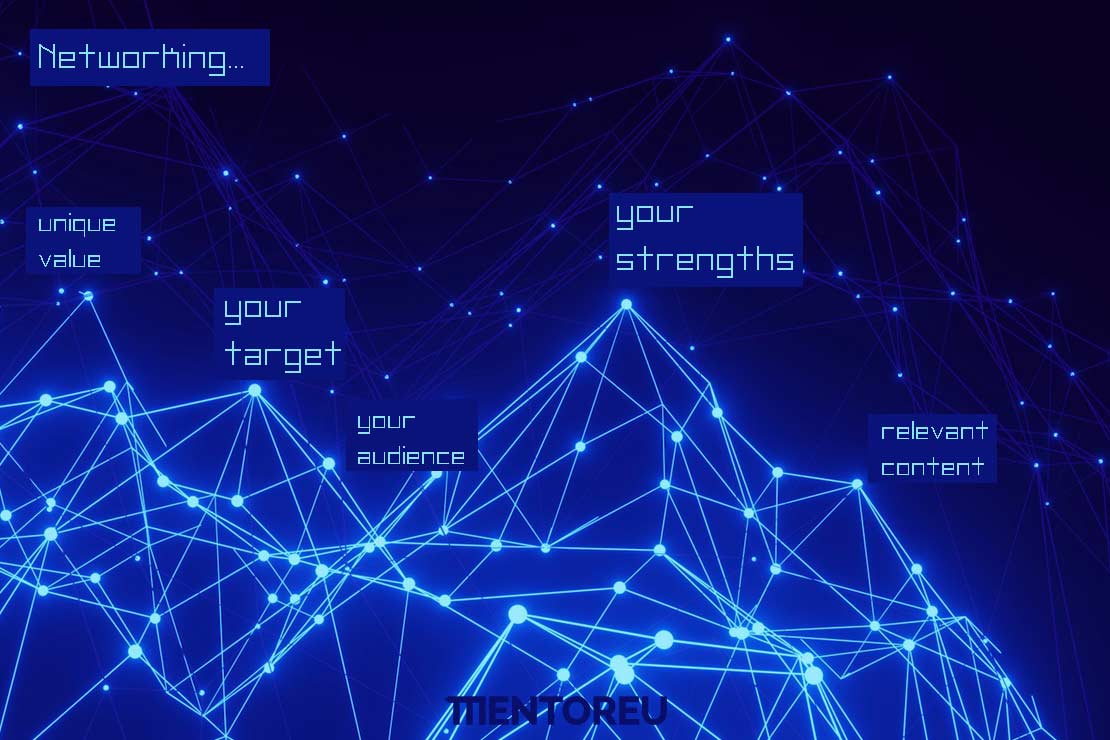In today’s rapidly evolving professional landscape, becoming a thought leader is not just a commendable goal; it is a strategic necessity for career advancement and personal branding. For mid-career professionals, the journey to thought leadership involves defining clear goals, creating relevant content, building a robust network, and actively engaging with your audience. This blog post will delve into these areas, providing a comprehensive guide to positioning yourself as an authority in your field.
Defining Clear Goals
The foundation of becoming a thought leader is establishing clear, measurable goals. As a mid-career professional, you likely have a wealth of experience and expertise. However, to stand out as a thought leader, you must pinpoint a specific niche or area where you want to be recognized. This focus allows you to create a coherent and impactful presence.
Start by assessing your strengths and identifying the unique value you can offer. What are the pressing issues in your industry that you are passionate about? What insights can you provide that others may not? Once you’ve identified your niche, set tangible goals such as publishing a certain number of articles, speaking at industry conferences, or achieving a specific number of followers on social media platforms.
Understanding your target audience is crucial. Who are the people you want to influence and help? Tailoring your goals to meet their needs will make your content more relevant and engaging. Establish a timeline for achieving these goals, and break them down into smaller, manageable tasks to maintain momentum and track your progress.
Creating Relevant Content
Creating relevant content is a powerful tool for mid-level professionals aiming to become thought leaders. By consistently producing high-quality, insightful content that addresses the needs and challenges of your target audience, you can establish yourself as an authority in your field. This content can take various forms, including blog posts, articles, videos, podcasts, and social media updates, each tailored to engage and inform your audience effectively.
Sharing your unique perspectives and expertise not only helps to solve real problems but also builds credibility and trust among peers and industry stakeholders. Over time, this consistent delivery of valuable content can significantly enhance your professional reputation, attract a wider following, and position you as a go-to resource in your niche, ultimately paving the way for thought leadership.
When creating content, focus on quality over quantity. Each piece should provide clear, actionable insights that your audience can implement. Use data, case studies, and real-world examples to support your points, making your content both credible and relatable. Engaging visuals and storytelling can also enhance the impact of your content, making complex ideas more accessible and memorable.
Building a Robust Network
Networking is an essential component of establishing yourself as a thought leader. As a mid-career professional, you likely have an existing network, but it’s crucial to continuously expand and nurture it. Building a robust network involves connecting with other thought leaders, industry influencers, and professionals who can amplify your message and provide valuable insights.
Attend industry conferences, webinars, and workshops to meet new people and exchange ideas. Participate actively in online forums, social media groups, and professional associations related to your field. Sharing your knowledge and engaging in discussions not only showcases your expertise but also helps you stay updated with the latest trends and challenges in your industry.
Networking should be a two-way street. Offer your assistance and insights to others, and be open to learning from their experiences. Building genuine relationships based on mutual respect and support can lead to collaborative opportunities, such as co-authoring articles, speaking at events, or participating in joint ventures. These collaborations can significantly boost your visibility and credibility as a thought leader.
Engaging with Your Audience
Engaging with your audience is critical for maintaining your status as a thought leader. It’s not enough to simply produce content; you must also foster a community where meaningful interactions can occur. This involves responding to comments on your blog or social media posts, participating in discussions, and seeking feedback to improve your offerings.
Create opportunities for your audience to interact with you directly. Host live Q&A sessions, webinars, or workshops where you can address their concerns and provide personalized advice. Encourage your audience to share their experiences and insights, creating a platform for peer-to-peer learning.
Listening to your audience is just as important as speaking to them. Pay attention to their feedback and use it to refine your content and approach. By showing that you value their input, you can build a loyal and engaged following that views you as a trusted advisor and thought leader.
The Relevance of Being a Thought Leader for Your Personal Brand
Becoming a thought leader is not just about gaining recognition; it is also a strategic move for enhancing your personal brand. A strong personal brand differentiates you from others in your field, opening doors to new opportunities, such as speaking engagements, consulting gigs, and career advancements.
As a thought leader, you become synonymous with your niche expertise. Your insights and opinions are sought after, and your name becomes a hallmark of quality and credibility. This reputation can lead to increased visibility and influence, both online and offline.
Moreover, being a thought leader allows you to shape the discourse in your industry. You can drive conversations, influence trends, and contribute to the advancement of your field. This proactive role not only benefits your career but also provides a sense of fulfillment and purpose, knowing that you are making a meaningful impact.
In conclusion, becoming a thought leader as a mid-career professional involves a strategic blend of defining clear goals, creating relevant content, building a robust network, and actively engaging with your audience. By focusing on these areas, you can establish yourself as an authority in your field, enhance your personal brand, and open up a world of opportunities for career growth and professional fulfilment. Thought leadership is a journey that requires dedication, consistency, and a genuine desire to contribute to your industry, but the rewards are well worth the effort. Ready to become a thought leader and build your personal brand? Hire a career coach who can help you get to your destination faster. Check our Personal Branding Kit for Senior Executives.


